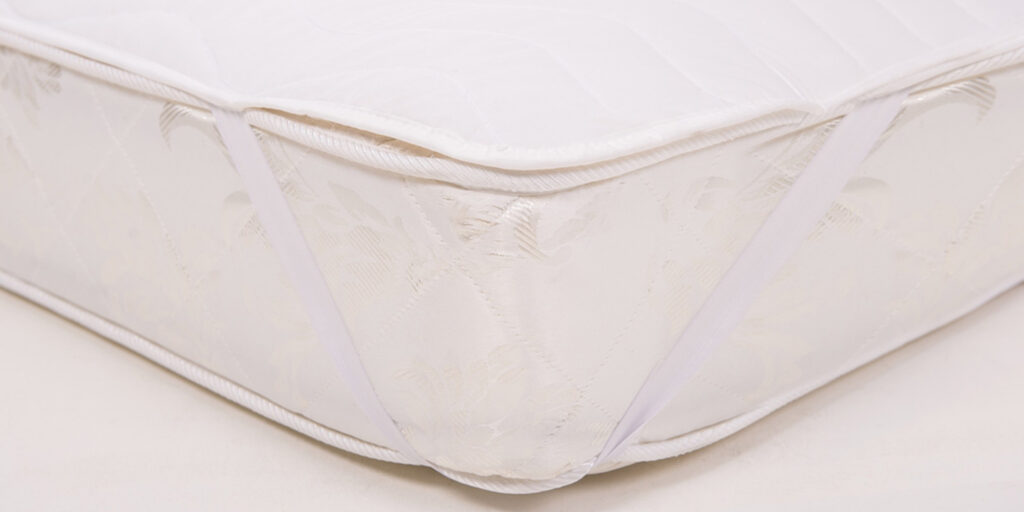If you’re wondering how to wash a mattress protector, then this guide is here to help. Washing your mattress protector can be a hassle, but with the right instructions, it can be a breeze. Here, you’ll learn how to properly clean your mattress cover so that it stays free of dust, dirt, and bacteria. We’ll also share helpful tips and tricks to make the job easier and quicker. With this guide, you’ll be able to keep your mattress protector clean, giving you a better night’s sleep.
What is a Mattress Protector?
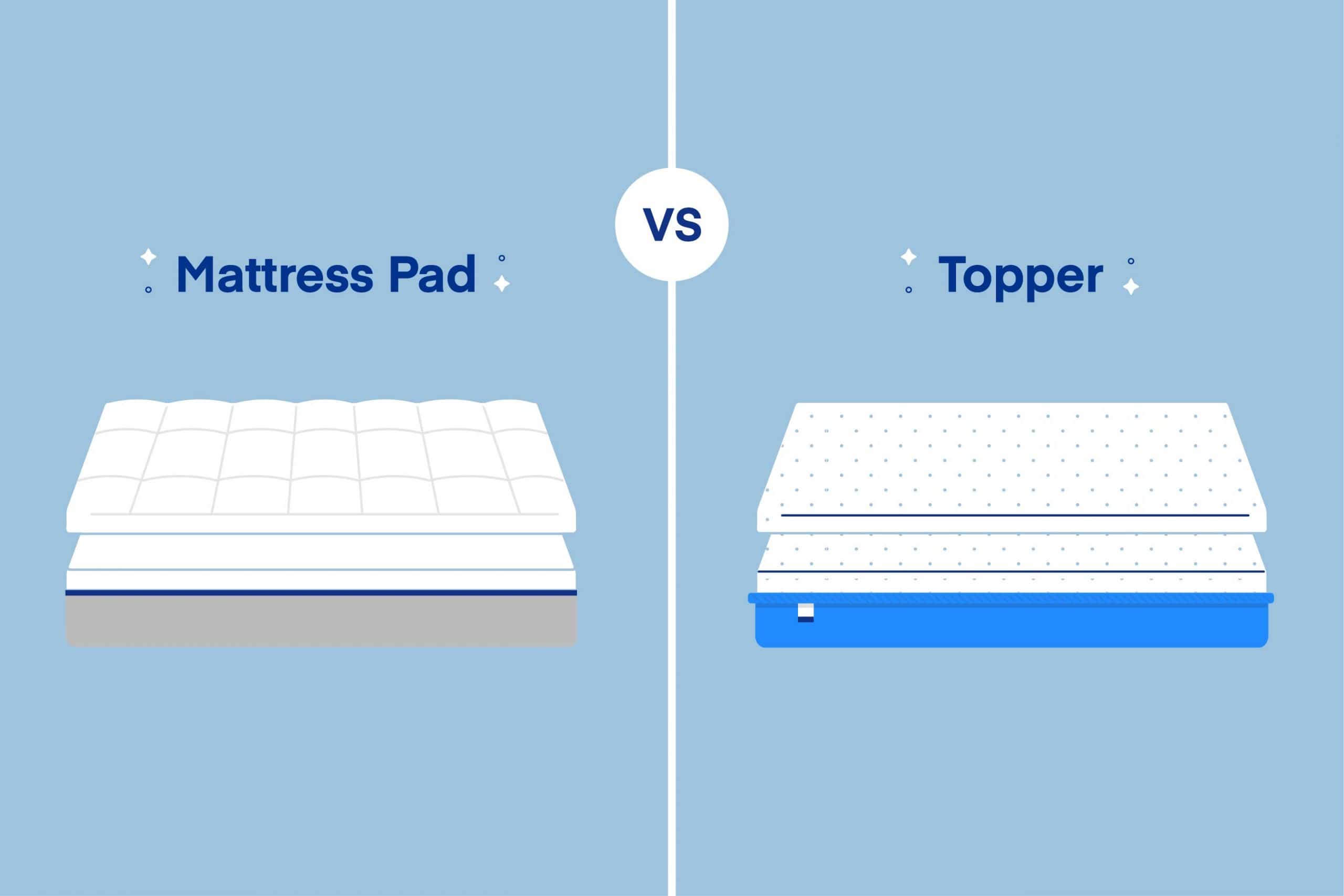
A mattress protector is a thin layer of fabric that fits over your mattress and provides a barrier of protection from dust, liquids, and other debris that can accumulate over time. It is made from a variety of materials, including cotton, polyester, and even memory foam. It can be secured with elastic bands, zippers, or even Velcro. Mattress protectors are designed to keep your mattress clean and fresh and are essential for maintaining the mattress’s lifespan and quality.
How Often Should You Wash a Mattress Pad?
It is recommended that you wash your mattress protector every 3-4 months, or whenever it becomes visibly soiled. If you have pets or children, it is recommended that you wash it more frequently. Additionally, it’s important to follow the manufacturer’s instructions for washing, as some materials may require special care.
Benefits of a Mattress Protector
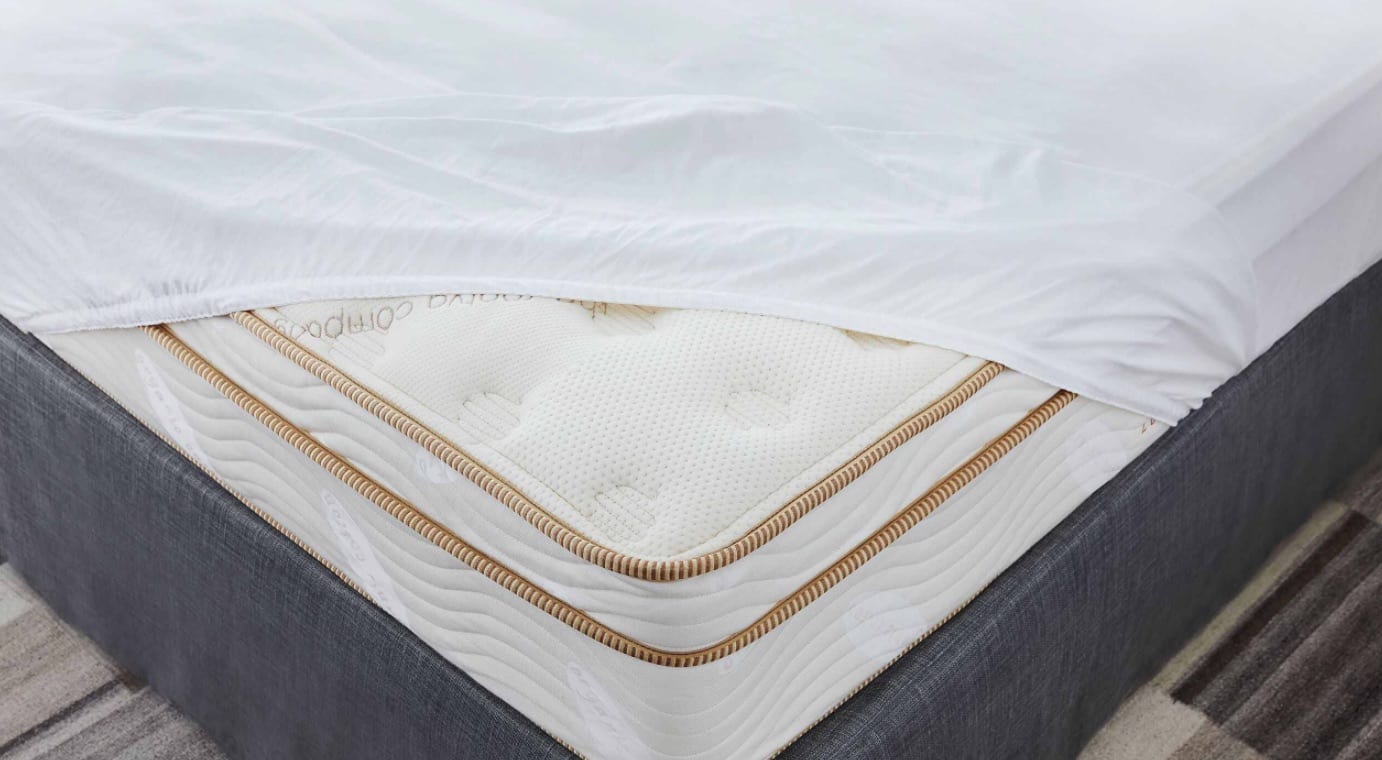
- Extends the life of your mattress: A mattress protector helps to protect your mattress from dirt, dust, and sweat, which can reduce its lifespan. It also helps to prevent stains, which are difficult to remove and can reduce the appeal of your mattress.
- Offers an extra layer of comfort: A mattress protector provides a layer of cushioning between the mattress and your body, making it even more comfortable to sleep on.
- Protects against allergens: A mattress protector helps to keep dust mites and other allergens out of your mattress, making it a great option for those who suffer from allergies.
- Helps to keep your mattress clean: A mattress protector can help to keep your mattress clean and free from sweat, dirt, and dust, making it easier to maintain. This can make it easier to keep your mattress in good condition for longer.
In addition to the benefits a mattress protector can offer, it is important to remember that it should be washed regularly to ensure it stays in good condition. How often should you wash your mattress protector? It is recommended to wash your mattress protector every three months, or more often if necessary.
Why Should You Wash a Mattress Protector?
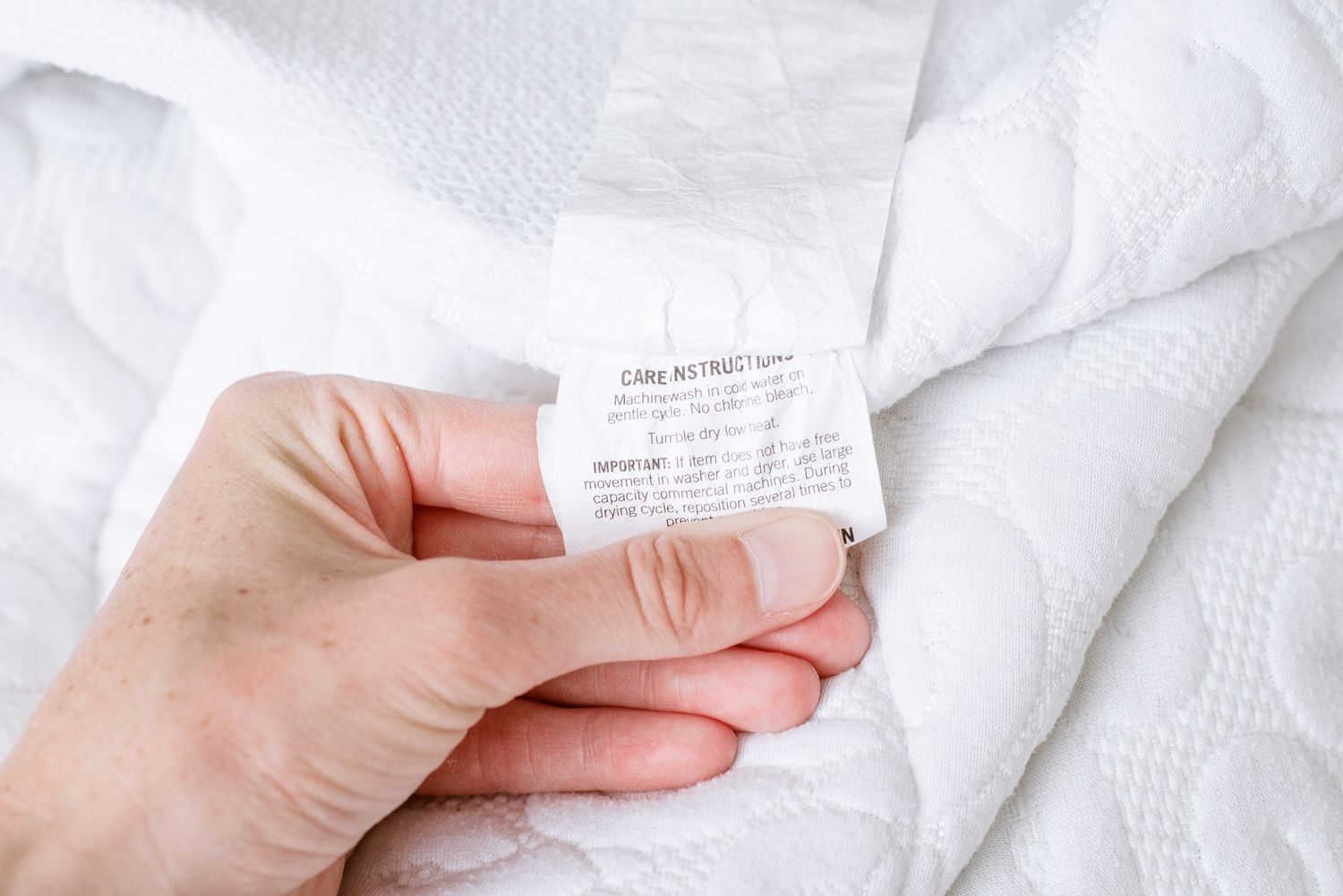
A mattress protector is an important part of your bedding. It helps to keep your mattress clean and free of dust, dirt, and allergens. It also provides a comfortable sleeping environment by regulating temperature. Therefore, washing a mattress protector is essential to keep it in good condition and to ensure a healthy and comfortable sleeping environment.
Washing your mattress protector also helps to prevent the growth of bacteria and fungi. These can accumulate over time and lead to unpleasant odors, as well as cause adverse health effects. By regularly washing your mattress protector, you can reduce the risk of these health risks.
Regularly washing your mattress protector can also help to extend the life of your mattress. Over time, dirt, dust and other particles can accumulate in the fabric of the mattress protector, which can cause it to wear out quicker. By regularly washing it, you can remove these particles and help to extend the life of your mattress.
Finally, washing your mattress protector regularly is an important part of good hygiene. By removing dirt, dust, and allergens, you can help to keep your mattress clean and free of these particles. This helps to ensure that you and your family are sleeping in a healthy environment.
How Often Should Mattress Pads Be Washed?
It is recommended that you wash your mattress protector every 3-6 months, or more often if it is exposed to spills or other messes. It is also important to follow the manufacturer’s instructions for washing the mattress protector.
How Often Should You Wash a Mattress Protector?
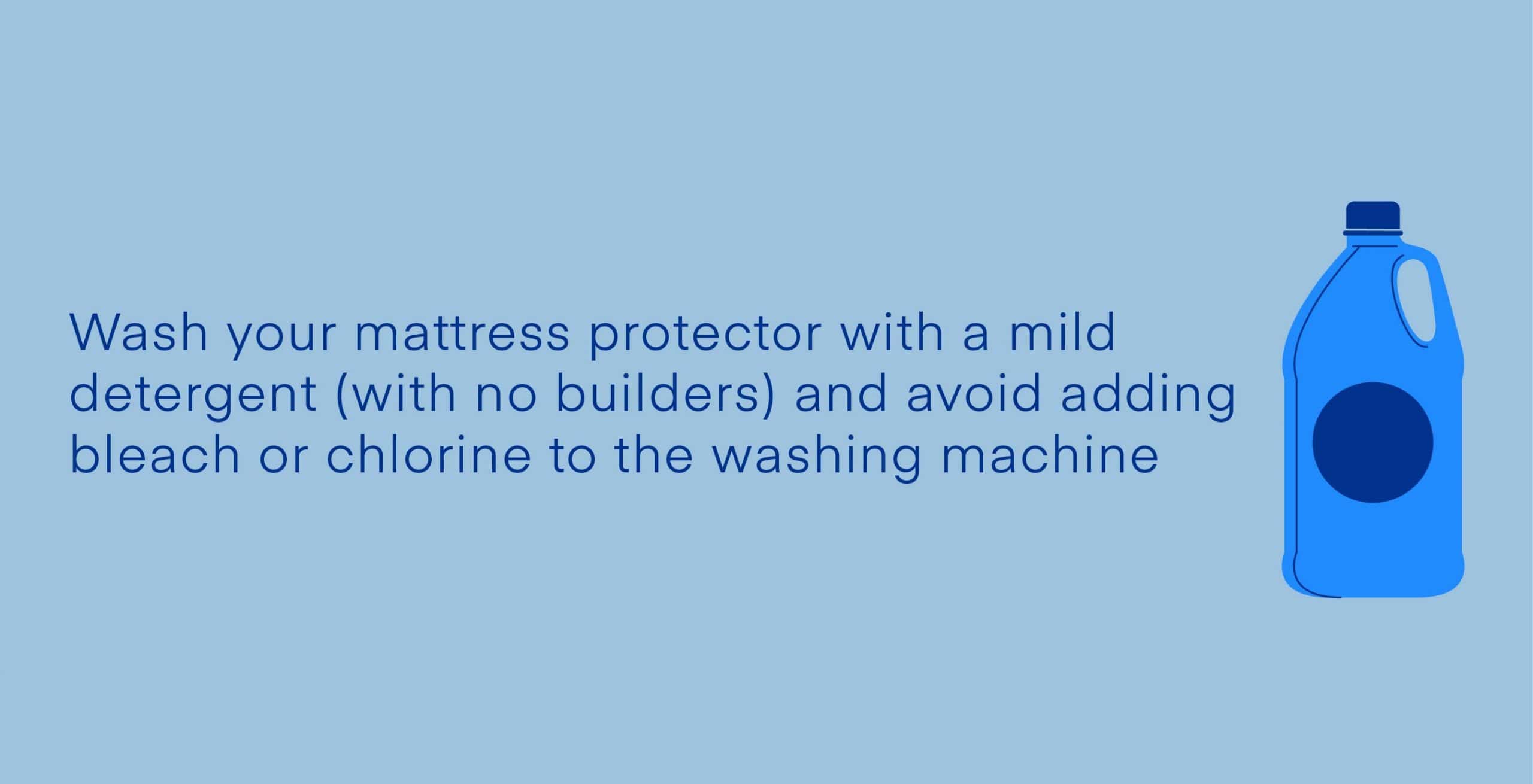
It is important to keep your mattress protector clean to ensure a healthy and comfortable sleep. But how often should you wash it?
Factors to Consider
Frequency of Use: The more frequently you use your mattress protector, the more often you should consider washing it. It’s important to keep your mattress protector clean in order to protect your mattress and keep it free of dust mites, allergens, and other debris.
Material: The type of material your mattress protector is made of can also determine how often you should wash it. For example, waterproof mattress protectors are designed to be more durable and can usually go longer between washes. On the other hand, cotton mattress protectors should be washed more frequently.
Allergens and Dust Mites: If you or someone in your home suffers from allergies, it is especially important to keep your mattress protector clean. Allergens and dust mites can accumulate in the fabric of the mattress protector and can cause allergic reactions. It is recommended to wash your mattress protector at least once a month to reduce allergen buildup.
How to Wash a Mattress Protector
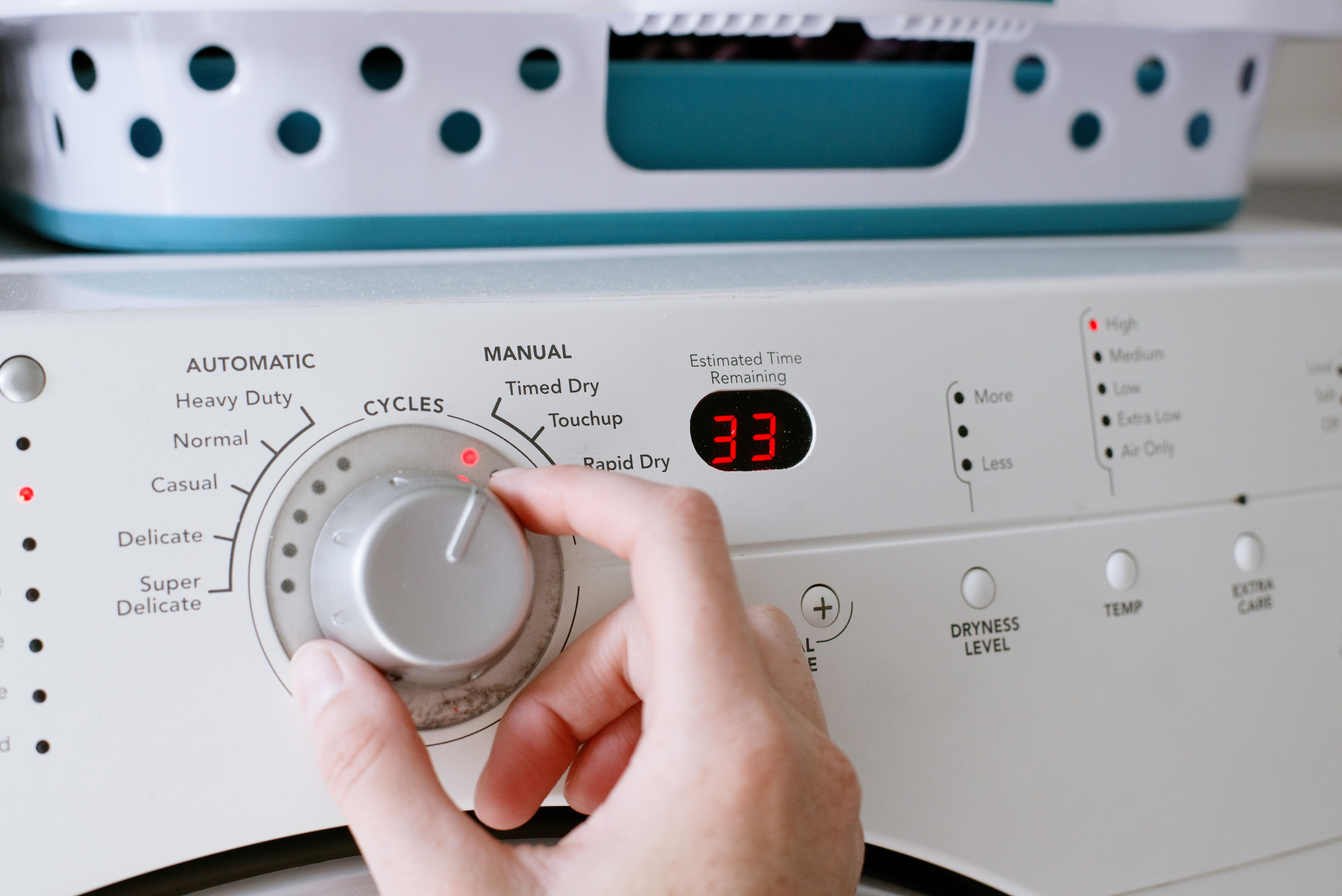
By Hand
Remove the mattress protector. Take off any sheets and other bedding from the mattress and then remove the mattress protector. Shake the mattress protector to remove any excess dirt or dust.
Fill a bathtub with warm water. Fill the bathtub with warm water and a few drops of mild detergent. Place the mattress protector in the water and let it soak for at least 10 minutes.
Agitate the mattress protector in the water. Use your hands to move the fabric around in the water to help remove any dirt or stains.
Rinse the mattress protector. Drain the water and rinse the mattress protector with clean, warm water.
Hang the mattress protector to dry. Hang the mattress protector on a clothesline or shower curtain rod to dry. Do not put it in the dryer.
By Machine
Set the washer to a gentle cycle. Set the washing machine to a gentle cycle with cold water.
Add a mild detergent. Add a mild detergent, such as a baby detergent, to the wash cycle.
Place the mattress protector in the washer. Place the mattress protector in the washing machine and start the cycle.
Hang the mattress protector to dry. Hang the mattress protector on a clothesline or shower curtain rod to dry. Do not put it in the dryer.
Drying the Mattress Protector
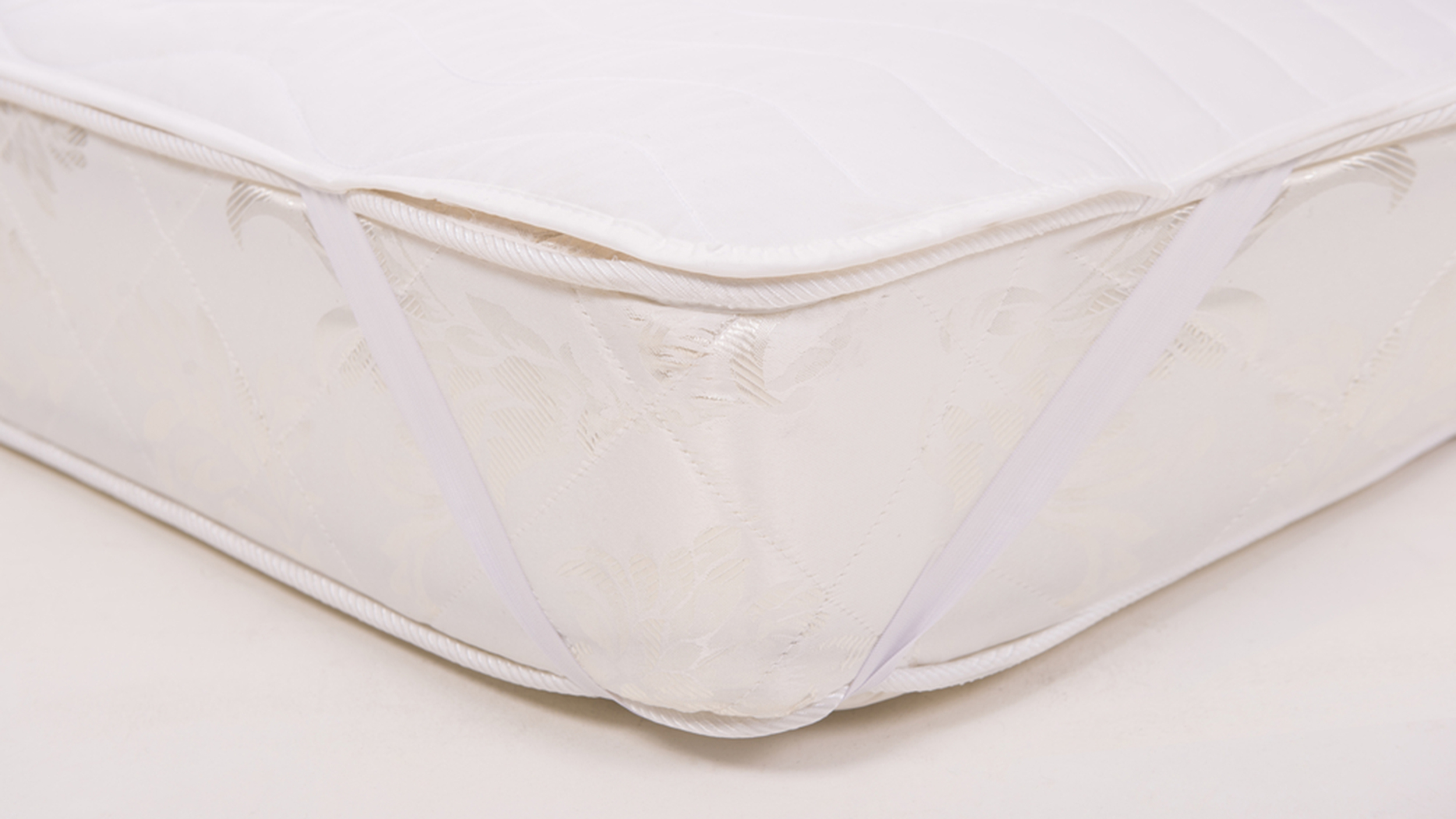
- Air-Drying: Air-drying is the preferred drying method for mattress protector. Hang the mattress protector outside and let it dry in direct sunlight. The combination of sun and air will helps remove bacteria and dust mites from the mattress protector.
- Tumble-Drying: If you don’t have access to direct sunlight, you can put the mattress protector in a tumble dryer. Make sure to select the delicate cycle and use a low temperature setting. Remove the mattress protector from the dryer as soon as it’s done to avoid wrinkles.
- Ironing: If the mattress protector is made of cotton, you can use an iron to get rid of wrinkles. Make sure to set the temperature of the iron to low or medium-low and use a damp cloth to prevent scorches and burns.
Tips for Cleaning a Mattress Protector
Vacuuming: Vacuuming your mattress protector regularly is the best way to remove dust, dirt, and allergens from the surface. It’s important to use the upholstery attachment to ensure that you remove as much as possible.
Spot Cleaning: If you accidentally spill something on your mattress protector, it’s important to act quickly. Blot the spot with a damp cloth and use a mild detergent to remove the stain. Be sure to rinse the area with clean water afterwards.
Machine Washing:
| Water Temperature | Detergent | Drying Time |
|---|---|---|
| Cold | Mild detergent | Low heat |
Machine washing your mattress protector is an effective way to keep it clean. When washing your mattress protector, be sure to use cold water and a mild detergent. Wash it on a delicate cycle, then dry it on a low-heat setting.
Steam Cleaning: Steam cleaning is a great way to remove tough stains from your mattress protector. Be sure to use a low-heat setting, as high temperatures can damage the fabric. Use a mild detergent and avoid using too much pressure, as this could damage the fabric.
Frequently Asked Questions
What Materials are Mattress Protectors Usually Made Of?
Mattress protectors are typically made of polyester, cotton, or a blend of the two materials. Some mattress protectors are also made with a waterproof material, such as polyurethane, to help keep liquids from reaching the mattress. This can help protect the mattress from spills and other accidents, as well as provide an extra layer of protection against dust mites and allergens.
How often should a mattress protector be washed?
- Regularly: Depending on the type of mattress protector, it should be washed every 1-3 months.
- After an illness: If someone has been ill, it’s recommended to wash the mattress protector as soon as possible, to prevent the spread of germs.
- Pets: If you have pets, you should wash the mattress protector more often, to prevent the spread of pet hair and dander.
- Accidents: If there is an accident on the mattress protector, you should wash it immediately to prevent any staining.
What is the best way to dry a mattress protector after washing?
After washing your mattress protector, the best way to dry it is to lay it flat on a drying rack or hang it outside on a clothesline. Avoid using a dryer as it can shrink or damage the fabric. Allow the mattress protector to air-dry completely before using it.
Is it necessary to use a specific type of detergent for washing a mattress protector?
Yes, it is important to use a specific type of detergent when washing a mattress protector. Some of the best detergents to use are:
- A mild liquid laundry detergent, free of fragrances, dyes, and optical brighteners.
- A detergent specifically designed for washing synthetic fabrics.
- A detergent specifically designed for washing natural fabrics.
- A detergent specifically designed for washing delicate fabrics.
It is important to read the instructions on the mattress protector and the detergent, and to follow them carefully. Some detergents can cause discoloration or damage to the mattress protector. It is also important to use the correct amount of detergent for the size of the mattress protector. Too much detergent can leave residue on the fabric, which can make it difficult to clean.
Are there any special care instructions for washing a mattress protector?
When washing a mattress protector, it is important to follow the manufacturer’s instructions for the best results. Generally, it is best to wash a mattress protector on a gentle cycle with warm water and a mild detergent. It is also important to avoid chlorine bleach, fabric softeners, and dryer sheets. Some mattress protectors may be dry cleaned, so always check the instructions before washing.
Here are some additional tips for washing a mattress protector:
- Check the label for fabric content. Some mattress protectors are made from natural fibers, such as cotton or wool, and require special care. If the mattress protector is made from synthetic fibers, such as polyester or nylon, it can be washed in a standard washing machine.
- Read the instructions on the care label. Some mattress protectors may not be suitable for machine washing and may require dry cleaning. Always read the care instructions to ensure that you are washing the mattress protector correctly.
- Use a mild detergent. It is best to use a mild detergent or a detergent specifically designed for delicate fabrics. Avoid using chlorine bleach, fabric softeners, or dryer sheets as they can damage the fabric.
- Dry the mattress protector. Once the mattress protector has been washed, it should be dried on a low-heat setting. Never use a high-heat setting as this could damage the fabric.
Following these tips will help ensure that your mattress protector is properly cleaned and cared for.
Conclusion
Cleaning your mattress protector is a simple process that requires minimal effort. Washing your mattress protector regularly helps to ensure that it remains clean and will last longer. Following the simple steps outlined in this guide, you can easily keep your mattress protector clean and in good condition.
